These adorable pups come with price tags that might make your credit card cry.

Love at first sight has never been more expensive than when you lock eyes with these stunning dog breeds. While every dog lover knows that bringing home a furry friend involves ongoing costs, some breeds turn pet ownership into what feels like funding a small luxury car. The initial purchase price is just the beginning – these magnificent creatures come with medical bills, grooming requirements, and specialized care needs that can drain your savings faster than you can say “good boy.” Yet somehow, despite the financial reality check, millions of devoted pet parents continue to open their wallets wide for these incredible companions who inevitably steal hearts and empty bank accounts.
1. French Bulldogs require your entire paycheck and then some.

According to Prudent Pet Insurance, Americans spend an average of $1,675 per year on their dogs, but purebred dogs cost five times more than mixed breeds, setting the stage for some serious financial commitment. French Bulldogs top expense charts not just for their $3,500 to $12,000 purchase price, but for their notorious health issues requiring constant veterinary attention. These flat-faced beauties suffer from breathing problems that can require expensive surgeries costing $2,000 to $3,000, plus ongoing treatments for skin conditions, joint problems, and eye issues.
The breeding process alone drives up costs since most French Bulldogs cannot mate naturally and require artificial insemination and cesarean sections for delivery. Their popularity on social media has created astronomical demand, pushing prices even higher for rare colors like lilac or merle patterns. Even routine care becomes expensive since their unique anatomy requires specialized veterinary knowledge and procedures.
2. Black Russian Terriers make your grooming budget disappear like magic.
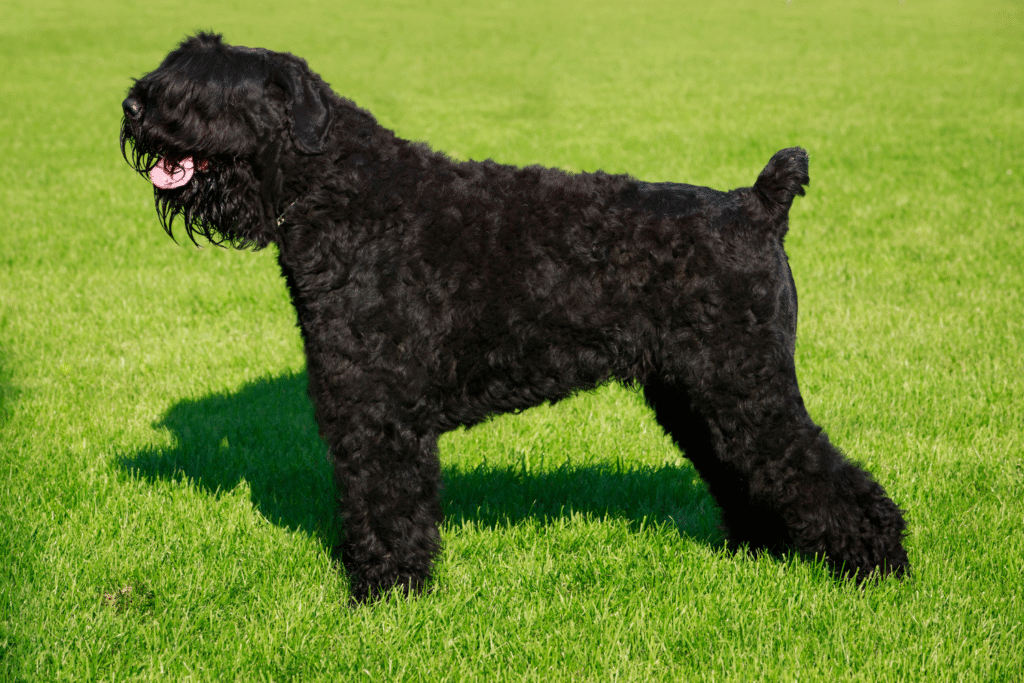
These massive 140-pound gentle giants command the highest average purchase price at $3,294, but the real shock comes from their maintenance costs. Their thick, curly coats require professional grooming every 6-8 weeks, with each session costing $100 to $150 due to their size and coat complexity, as reported by data from Puppies.com analysis of the most expensive breeds in the United States. Additionally, their sheer size means everything costs more – from medication dosages to anesthesia for procedures.
Black Russian Terriers are prone to hip dysplasia, elbow dysplasia, and bloat, all conditions requiring expensive emergency treatment and ongoing management. Their intelligence and energy levels demand extensive training and mental stimulation, often requiring professional behaviorists for proper development. These dogs eat substantial amounts of high-quality food, adding several hundred dollars monthly to your grocery budget.
3. English Bulldogs turn veterinary clinics into your second home.

Embrace Pet Insurance reports that five breeds consistently rack up the highest veterinary bills, with bulldogs prominently featured due to their extensive health challenges requiring frequent medical intervention. English Bulldogs average $2,579 for initial purchase, but their lifetime medical costs can easily exceed $15,000. Their deliberately bred flat faces create breathing difficulties requiring expensive airway surgeries, while their body structure leads to joint problems, skin fold infections, and heart conditions.
These dogs cannot swim due to their body proportions, overheat easily in warm weather, and often require assistance during birth due to their large heads. Even routine procedures become complicated and costly due to their breathing issues and sensitivity to anesthesia. Their shortened lifespans mean you’re cramming substantial medical expenses into fewer years, creating intense financial pressure during their 8-10 year average lifespan.
4. Rottweilers disguise their expenses behind their common appearance.

While Rottweilers seem like accessible family dogs with reasonable $1,500 initial costs, they actually generate the highest pet insurance claims among all breeds. Their genetic predisposition to virtually every canine disease creates ongoing medical expenses that accumulate rapidly. Hip dysplasia, elbow problems, heart conditions, and various cancers plague this breed throughout their shortened 8-10 year lifespans.
Pet insurance for Rottweilers averages over $300 annually, significantly higher than most breeds, with claims often reaching thousands of dollars for cancer treatments or orthopedic surgeries. Their large size means medication costs, anesthesia requirements, and surgical procedures all cost substantially more than smaller breeds. Training expenses can also mount since these powerful dogs require consistent professional guidance for proper socialization and behavior management.
5. Afghan Hounds transform grooming into a full-time occupation.

These breathtakingly beautiful dogs cost around $2,000 initially but their flowing coats require daily brushing and professional grooming every 4-6 weeks to prevent matting. Professional grooming sessions can cost $150-200 due to the time and expertise required for their delicate, silky coats. Missing even a few days of brushing can result in mats that require expensive professional removal or complete coat shaving.
Afghan Hounds are prone to corneal dystrophy, autoimmune conditions, and cardiac disorders that can mount to around $5,000 in treatment costs. Their independent, sensitive nature often requires specialized training approaches that cost more than standard obedience classes. These athletic sighthounds need substantial exercise and secure fencing, adding infrastructure costs to your property for their safety.
6. Golden Retrievers prove popularity doesn’t mean affordability.
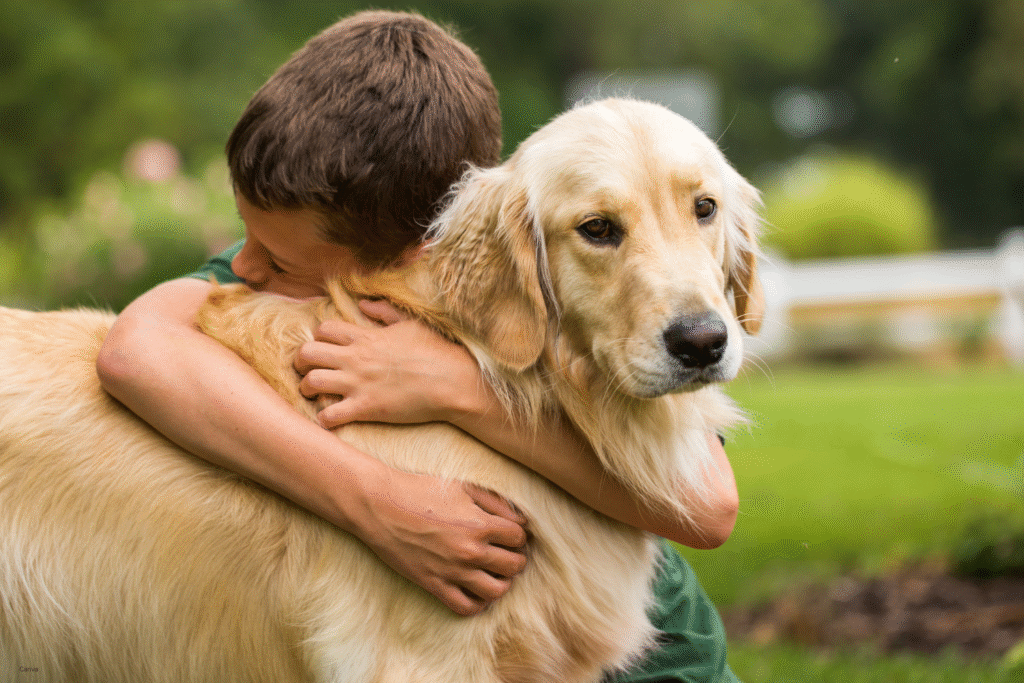
America’s beloved family dog costs $1,500-3,000 initially, but their thick, water-repellent double coats require professional grooming every 6-8 weeks costing $75-125 per session. Their constantly shedding coats need daily brushing and seasonal de-shedding treatments to keep fur from overwhelming your home and wardrobe. These active sporting dogs demand high-quality nutrition and substantial food portions throughout their 10-12 year lifespans.
Golden Retrievers are prone to hip dysplasia, elbow dysplasia, and various cancers including hemangiosarcoma and lymphoma, requiring expensive ongoing monitoring and treatment. Their love of water and retrieving can lead to ear infections and injuries requiring frequent veterinary attention. These social, energetic dogs need extensive exercise and mental stimulation, often requiring professional training, doggy daycare, or pet sitters when owners travel.
7. Cavalier King Charles Spaniels hide serious health costs behind sweet faces.
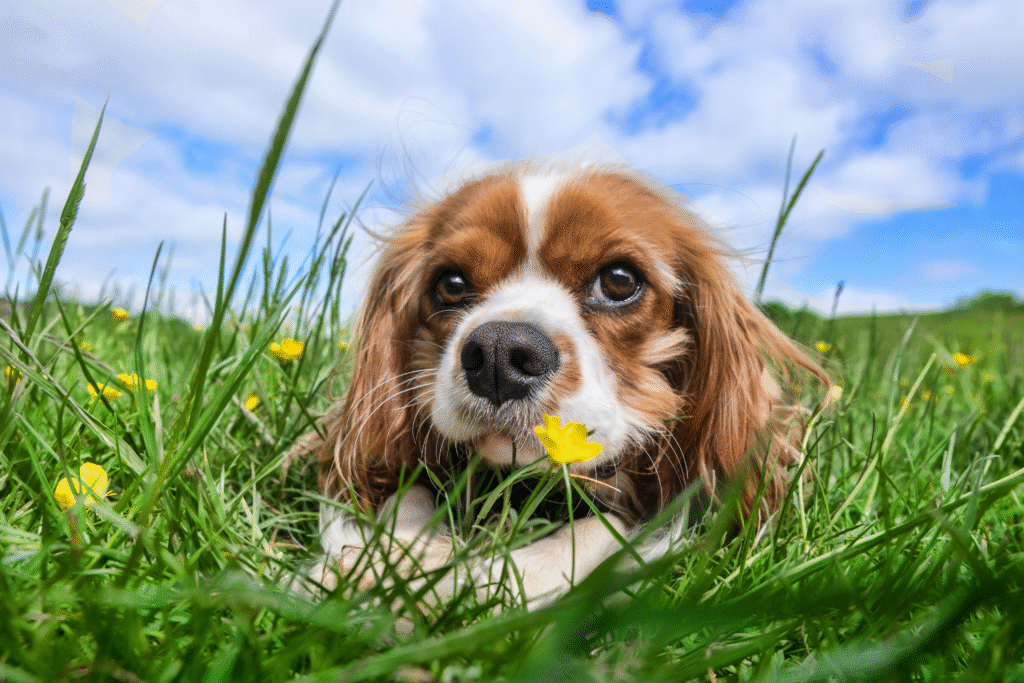
These charming lap dogs cost $1,500-2,500 initially but are genetically predisposed to some of the most expensive health conditions in the canine world. Their silky coats require professional grooming every 6-8 weeks costing $60-100, plus daily brushing to prevent matting and maintain their elegant appearance. These gentle spaniels often need special diets and supplements to manage their numerous health issues.
Cavalier King Charles Spaniels suffer from mitral valve disease affecting over 50% of the breed by age 5, requiring expensive cardiac medications and monitoring throughout their lives. Syringomyelia, a painful neurological condition affecting the brain and spinal cord, can require costly MRI diagnostics and ongoing pain management. These health issues often appear early, meaning owners face substantial veterinary expenses during what should be the healthiest years of their dog’s life.
8. German Shepherds combine intelligence with expensive orthopedic problems.

These versatile working dogs cost $1,500-3,000 initially but their double coats require professional grooming every 8-10 weeks costing $75-125 per session. Their constant shedding demands daily brushing and seasonal de-shedding treatments to manage the substantial fur production. These large, active dogs require high-quality nutrition and substantial food portions throughout their 9-13 year lifespans.
German Shepherds are notorious for hip and elbow dysplasia, often requiring expensive surgical corrections costing $3,000-7,000 per joint. Their sloped backs, selectively bred for appearance, contribute to degenerative myelopathy and other spinal issues requiring ongoing treatment. These intelligent working dogs need extensive mental stimulation and exercise, often requiring professional training and specialized activities to prevent destructive behaviors.
9. Great Danes prove that bigger definitely means more expensive.

Despite their gentle nature, Great Danes create enormous expenses simply due to their massive size. Everything from food portions to medication dosages to anesthesia requirements costs significantly more than average breeds. Their rapid growth during puppyhood requires carefully monitored nutrition with high-quality food costing $150-200 monthly during their development phases.
These gentle giants are prone to bloat, a life-threatening condition requiring immediate emergency surgery costing $3,000-7,000. Hip dysplasia, heart conditions, and bone cancer are common issues requiring expensive ongoing treatment. Their shortened lifespans of 6-10 years mean substantial medical expenses are compressed into fewer years, creating intense financial pressure for owners.
10. Bernese Mountain Dogs cost as much as their namesake mountains.

These gentle Swiss giants cost $1,500-2,500 initially but their massive size and genetic predispositions create substantial ongoing expenses. Professional grooming every 6-8 weeks costs $100-200 due to their thick, long coats and large size. Their beautiful tri-colored coats require regular brushing and seasonal de-shedding treatments to remain manageable.
Bernese Mountain Dogs have tragically short lifespans of 6-8 years but are prone to expensive cancers, especially histiocytic sarcoma, requiring aggressive treatments costing thousands of dollars. Hip and elbow dysplasia are common, often requiring surgical correction. Their size means all medical procedures, medications, and anesthesia cost significantly more than average breeds, compressing substantial expenses into their shortened lifespans.
11. Newfoundlands create waves of unexpected expenses.
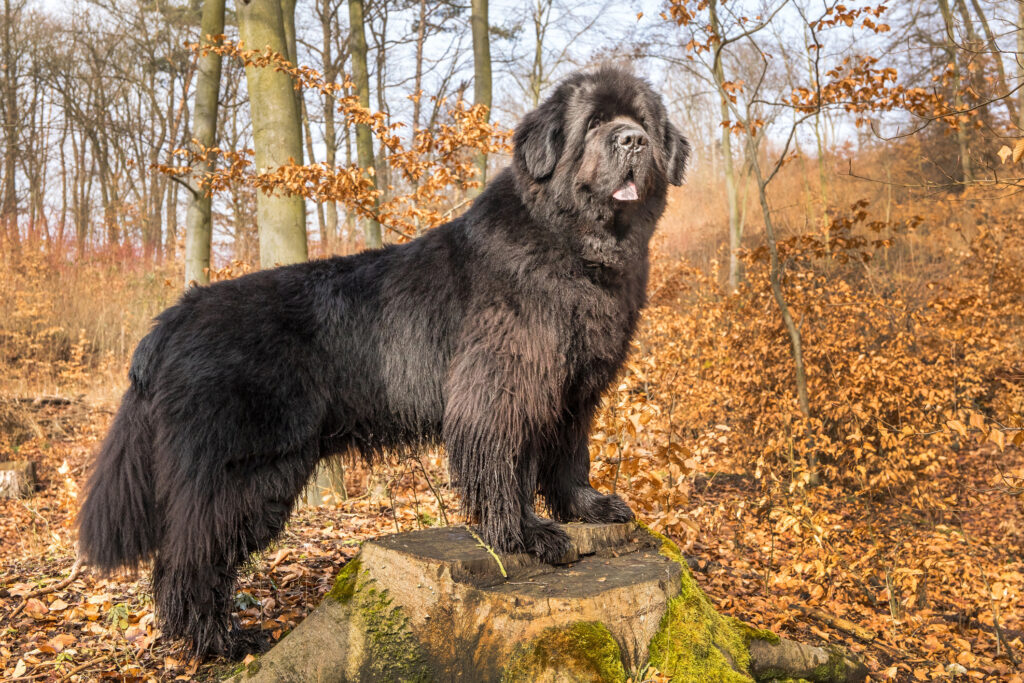
These gentle water rescue dogs cost $1,500-2,500 initially but their massive 150-pound frames create substantial ongoing costs. Professional grooming every 6-8 weeks costs $150-250 due to their thick, water-resistant double coats and enormous size. Their coats require daily brushing and special attention to prevent matting, especially around their legs and underbody.
Newfoundlands are prone to bloat requiring emergency surgery, heart conditions needing ongoing medication, and hip dysplasia often requiring surgical correction. Their love of water can lead to ear infections requiring frequent veterinary attention. These gentle giants drool constantly, requiring special cleaning supplies and potentially furniture protection, adding ongoing household expenses to their care requirements.
12. Cane Corsos combine size with serious liability concerns.

These powerful Italian mastiffs cost $1,500-4,000 initially but their massive size and protective instincts create substantial ongoing expenses beyond basic care. Professional grooming every 8-10 weeks costs $100-150, and their short coats require regular brushing to manage shedding. These muscular dogs need high-quality nutrition and substantial food portions throughout their 9-12 year lifespans.
Cane Corsos are prone to hip dysplasia, bloat, and heart conditions requiring expensive monitoring and treatment. Their protective nature and powerful build require extensive professional training and socialization to prevent liability issues. Many insurance companies increase homeowner’s premiums or refuse coverage entirely for these breeds, adding substantial annual costs to ownership beyond basic veterinary care.
13. Labrador Retrievers surprise owners with hidden expenses behind their popularity.

America’s former #1 breed for 31 years costs $1,500-2,500 initially, but their enthusiastic personalities and active lifestyles create substantial ongoing expenses. Professional grooming every 6-8 weeks costs $75-125, and their water-resistant double coats require daily brushing plus seasonal de-shedding treatments. These athletic dogs consume large portions of high-quality food throughout their 10-12 year lifespans, creating substantial monthly food bills.
Labrador Retrievers are prone to hip and elbow dysplasia, progressive retinal atrophy, and exercise-induced collapse, all requiring expensive monitoring and treatment. Their notorious appetites lead to obesity-related health problems and frequent emergency visits for eating inappropriate items. These social, energetic dogs need extensive exercise and mental stimulation, often requiring professional training, doggy daycare, or pet sitters when owners cannot meet their substantial activity requirements.
14. Poodles prove intelligence and elegance come with premium maintenance costs.
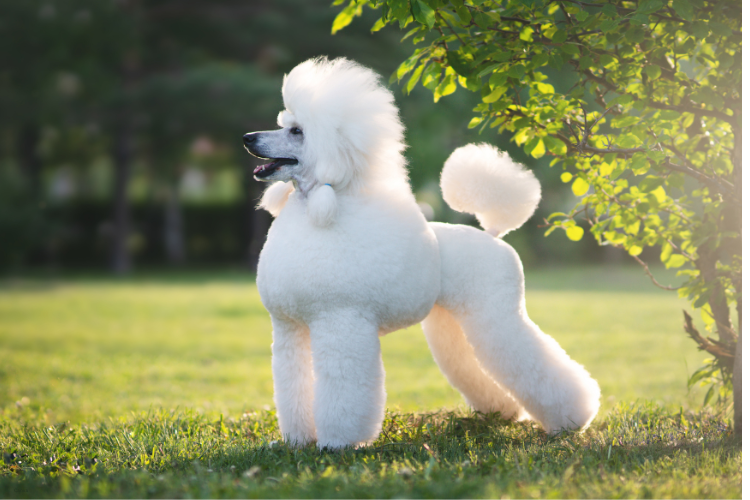
These sophisticated athletes cost $1,500-3,000 initially but their complex, non-shedding coats require professional grooming every 4-6 weeks costing $80-200 depending on size and cut complexity. Their continuously growing coats demand daily brushing and specialized cutting techniques to maintain their distinctive appearance. Missing grooming appointments results in matted coats requiring expensive removal or complete shaving.
Standard Poodles are prone to hip dysplasia, progressive retinal atrophy, and bloat, all requiring expensive ongoing monitoring and potential treatment. Their high intelligence and energy levels demand extensive mental stimulation and exercise, often requiring professional training and specialized activities. These social dogs can develop separation anxiety, potentially requiring pet sitters or doggy daycare adding substantial monthly expenses to their already considerable grooming and healthcare costs.
